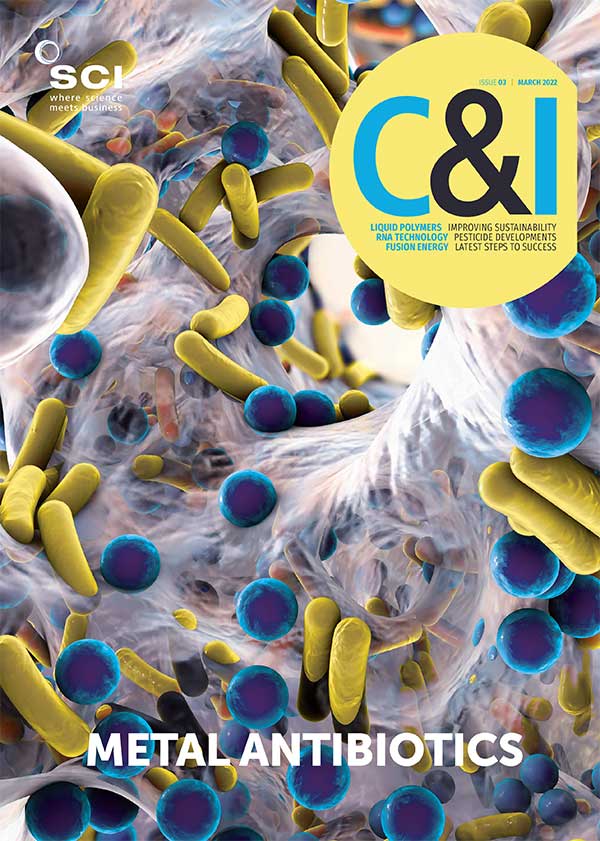Anthony King
Contradictory EU policies encouraged, then undermined, oilseed rape farming in Europe, say researchers at the UK’s Rothamsted Research, in a report presented at a recent British Crop Protection Council meeting (GCB Bioenergy, 2022, 14, 258).
With the requirement that 10% of all transport fuels be derived from renewable sources by 2020 in EU member states, falling oilseed rape production in turn meant the EU imported record high volumes of palm oil for biodiesel that year.
‘These imports are strongly linked with direct land use changes and deforestation in third (non-EU) countries,’ the report notes.
Initially, EU incentives for biodiesel promoted oilseed rape, with the harvested area expanding by 78% between 2003 and 2010. Then, due to concerns over neonicotinoid impact on birds and bees, the EU restricted use of these pesticides in 2013.
This left farmers reliant on pyrethroids to control the cabbage stem flea beetle (Psylliodes chrysocephala). Unfortunately, resistance had begun to emerge to pyrethroids in this pest, and its use further strengthened resistance. The beetle is now such a problem in the UK that 39% of oilseed rape did not make it to harvest in 2020. Yields fell to their lowest in a decade and in 2021, oilseed rape had to be imported from countries where neonicotinoids are still available.
‘This pest really wasn’t an issue until we withdrew the neonicotinoid pesticides,’ says Rachel Wells, a brassica pest scientist at John Innes Centre (JIC) in Norwich. Adult beetles can destroy seedlings planted in autumn, or their larvae can severely damage the crop over winter, impacting final yield.
Wells and colleagues are running field trials with 20 different oilseed rape varieties. They hope to identify resistance genes in some varieties and assist with the development of more resistant oilseed rape for the UK. There is also the possibility that a related species, white mustard (Sinapis alba), could be useful in breeding resistant varieties of rape.
Breeding will take time and won’t offer a definitive solution, however. ‘I don’t think having resistant varieties is the only answer. We will need a whole integrated pest management [IPM] strategy,’ says Wells. ‘Without chemical intervention, people are going to need to put more thought into how they grow rapeseed.’ Crop rotations can deter pests, but farmers often grow wheat-wheat-rape sequences, ‘because that is the most economically beneficial contribution.’
Wells argues that more forward thinking is needed on behalf of policymakers. ‘While we have certain chemicals in place, we need to work on systems to replace them with alternative sustainable methods.’
A 2009 EU law to encourage IPM was part of the problem, according to the Rothamsted scientists. ‘This required each country to introduce national action plans and put measures in place to reduce pesticide use and encourage IPM, but it was really vague,’ says Patricia Ortega-Ramos, an entomologist at Rothamsted.
UK farmers did not have a how-to guide for taking an IPM approach to protect their oilseed rape, says Ortega-Ramos. This would require monitoring for pests and allowing their natural enemies such as predators or parasitic wasps to proliferate by reducing or not spraying insecticides, unless necessary. Another strategy leaves patches of rape plants in the field to act as a trap crop to reduce pest damage in rape sown close by.





